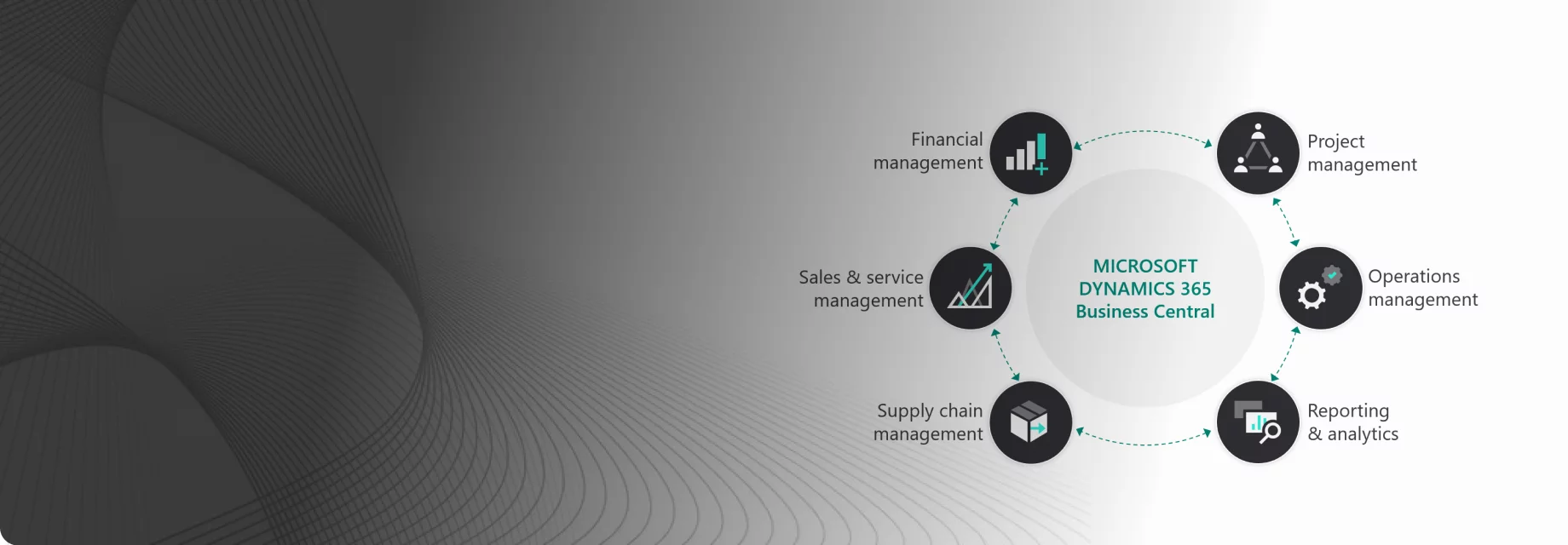The rapid growth of data is matched by the increasing demands of today’s competitive business landscape. Many enterprises recognize their current infrastructure falls short in meeting these evolving needs. As a result, migrating from traditional on-premises setups to modern cloud-based systems has become the preferred solution.
Cloud platforms like Azure offer numerous advantages, including greater flexibility, scalability, cost efficiency, streamlined automation, robust data security, and effortless remote collaboration. Gartner’s latest report supports this trend, predicting that by 2026, 75% of organizations will adopt a cloud-centric digital transformation strategy.
Why Migrate to Azure?
Managing traditional infrastructure has become increasingly challenging for companies, making it difficult to handle everything from routine to critical business operations. As a result, many organizations recognize the significant benefits that IaaS, PaaS, and SaaS can bring, leading them to pursue Microsoft Azure migration services.
Unlike other cloud providers like Google or IBM, Microsoft Azure offers a wide range of compelling services, including computing, analytics, database management, mobility solutions, storage, and networking, all with top-tier security. Azure’s cost-effective solutions simplify the development of web, mobile, IoT, and enterprise applications, helping businesses achieve remarkable success and transforming the way they operate.
What are the Steps of Azure Cloud Migration Strategy?
The steps in your Azure cloud migration process will depend on your business type and size. Regardless of the method you choose, your cloud migration strategy should include the following fundamental steps:
1. Plan the Migration:
Gain a thorough understanding of your current environment and the reasons for migrating to the cloud. Determine your cloud server needs, security requirements, and other relevant factors.
2. Choose a Cloud Environment:
Select the type of cloud environment that best suits your needs: public, hybrid, private, or multi-cloud.
3. Migrate Your Apps and Data:
With a well-prepared plan, the process of moving applications and data to the cloud should proceed smoothly.
4. Validate the Migration:
Successful migration goes beyond just transferring data. You need to evaluate and ensure that everything operates as expected in the new environment.
Throughout the process, ensure that your existing system stays operational. It’s important to avoid any disruptions to the normal workflow during the migration.
Top Azure Cloud Migration Strategy?
Every cloud migration is unique, so it requires a well-defined strategy. The 6 R’s of cloud migration rehost, replatform, repurchase, retain, retire, and refactor provide a framework to guide your migration process. Each “R” represents a distinct migration approach, helping you establish clear paths for your azure cloud migration strategy.
1. Re-Host
Also known as “lift and shift,” rehosting is a cloud migration strategy that involves moving your existing environment from its current infrastructure directly to the cloud. This process involves replicating your on-premises setup in a cloud environment that mirrors it closely, without requiring significant reconfiguration or architectural changes. Essentially, everything that functioned in the original setup should operate similarly in the cloud.
This strategy is particularly suitable for companies new to cloud migration and looking to build confidence in the cloud. Since the cloud environment closely resembles their existing infrastructure, the rehosting approach typically involves a minimal investment.
2. Re-Platform
This strategy is similar to the lift and shift strategy but involves additional modifications to optimize applications for better performance in the cloud. Replatforming requires programming expertise to ensure that your existing environment integrates smoothly with the cloud.
This strategy is also suitable for companies exploring cloud migration who want to build confidence in the cloud while experiencing benefits such as improved system performance and reduced costs.
3. Re-Purchase
With repurchasing, you transition to a new, cloud-based product. This often involves replacing your current applications with software-as-a-service (SaaS) options. This can be challenging as team members must adapt to new software and undergo training, losing familiarity with the old applications.
Alternatively, repurchasing can involve transferring licenses from local servers to cloud-based servers. For example, you might migrate a customer relationship management (CRM) system to Salesforce. Repurchasing can be a cost-effective choice, especially if you’re moving from customized legacy systems to more modern, cloud-based solutions.
4. Retain
If migrating to the cloud isn’t feasible for your company now, you can choose to keep your existing environment and consider a cloud move at a later date. For instance, you may need to stay compliant with regulations that prevent data migration at this time, or some applications might be too complex to move, so you decide to retain them until a more viable and cost-effective solution is available.
In such situations, a hybrid approach might be beneficial, allowing you to keep some components on-premises while migrating others to the cloud.
5. Retire
Certain applications and services may no longer be useful. If these are not providing value to your customers, there’s no need to migrate them to the cloud. In such cases, you can simply discontinue them.
6. Refactor
This strategy can be labor-intensive as it involves completely redesigning and rebuilding your existing applications to function effectively in the cloud environment. Refactoring can be both time-consuming and costly. However, by investing in this process, your applications will be better aligned with future updates and more adaptable for future growth. It’s unlikely that your company will utilize all these strategies.
The 6 R’s of cloud migration serve as a guide to help you choose the most suitable approach for your organization’s cloud migration needs.
Factors to Consider Before Migration
Before starting your azure cloud migration process, it’s crucial to consider practical factors as well. You want to avoid dedicating substantial time and resources to the migration, only to encounter problems such as unforeseen delays, data loss, or exceeding your budget. Consider the following aspects:
1. Business Objectives and Timelines
It’s essential to understand your business goals and deadlines. Whether you’re aiming for cost savings, improved scalability, or better disaster recovery, your objectives will influence your choice of cloud migration strategies. Ensure that your cloud migration project aligns with your business goals and establish realistic timelines to facilitate a successful move to the cloud.
2. Current Infrastructure
Evaluate your existing physical infrastructure thoroughly. Identify the servers, databases, and applications you intend to migrate. This assessment helps define the scope of your cloud migration. Understanding your current setup and what needs to be moved will lay the groundwork for a smoother transition to the cloud.
3. Compliance and Security
Security is a major concern, especially when dealing with sensitive data. It’s crucial to understand the security measures provided by your cloud service provider. Additionally, you must be aware of any industry-specific regulations, such as GDPR for European customers or HIPAA for healthcare data in the United States. Ensuring that your migration strategy aligns with these regulations helps you maintain compliance while leveraging cloud technologies.
4. Budget
Effective financial planning is essential for any cloud migration project. A clear budget helps prevent unexpected expenses. Inadequate pre-migration analysis can lead to budget overruns, resulting in stress and delays. To avoid this, obtain quotes from several cloud providers and factor in the costs of migration tools and services. Additionally, consider ongoing expenses such as subscription fees for cloud services and any extra costs for data transfer or additional storage.
5. IT Skillset
The expertise of your IT team is crucial to the success of your migration. Ensure your team is proficient in cloud computing and familiar with the specific cloud platform you select, whether it’s AWS, Google Cloud Platform, or another provider. If there are gaps in your team’s knowledge, consider investing in training programs or hiring specialists. This will equip you with the necessary technical skills to manage cloud resources effectively.
Selecting the appropriate method for transitioning from on-premises to the cloud is a complex yet beneficial process. It requires careful planning, the right tools, and a clear understanding of your organization’s needs and constraints. Despite the challenges, the advantages, such as cost savings, scalability, and enhanced disaster recovery, make the effort worthwhile.











